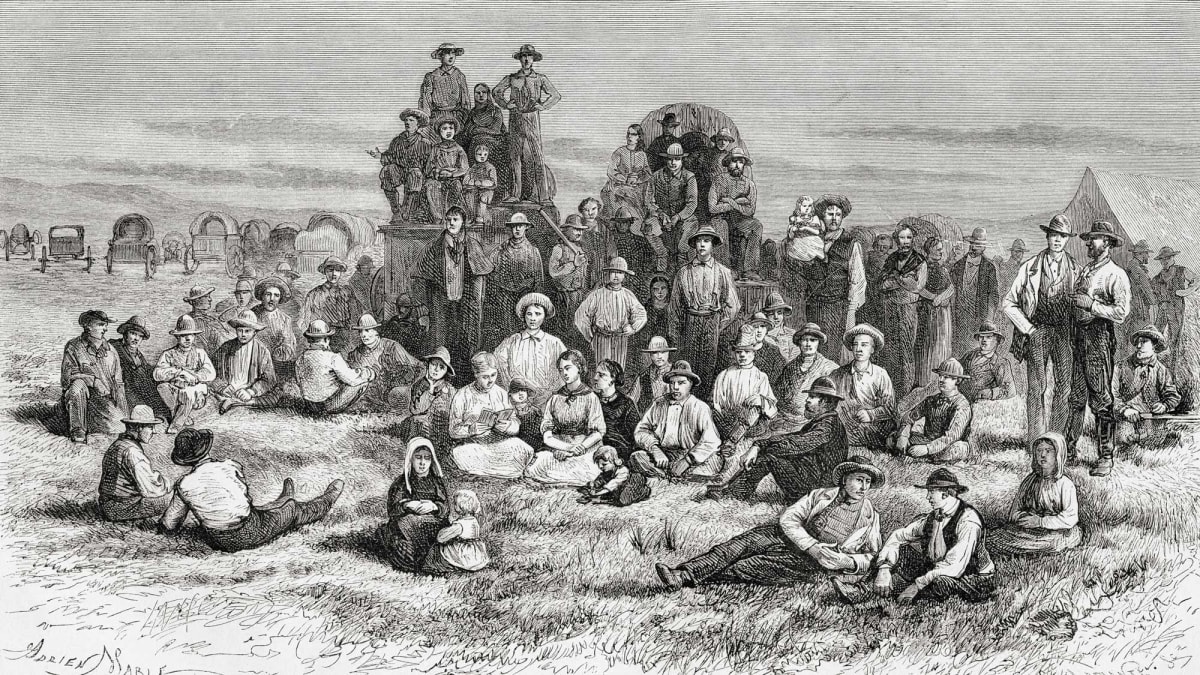
Two wagon trains belonging to the Salt Lake City merchants Hooper and Eldredge crossed the plains in 1860. One consisted of ox-drawn wagons under the leadership of Horton D. Haight, and the other was made up of wagons drawn by mules and led by John Y. Greene. In addition to merchandise, Captain Greene brought Asa Calkins and his family west.
Calkins was returning from a five-year mission to the British Isles. During part of this time he had been editor of the Millennial Star and president of the European Mission. On his way back to Utah, Calkins presided over a company of 730 Latter-day Saint emigrants aboard the William Tapscott, a triple-decked square-rigger that left Liverpool on May 11, 1860. When they arrived in New York harbor on June 15, the passengers were quarantined for five days while American doctors vaccinated them against smallpox. After being released to continue, they boarded the steamboat Isaac Newton bound for Albany, New York. From Albany, they traveled by rail via Rochester to Niagara Falls, then to Windsor, Ontario, Canada. From there they continued to Detroit, Chicago, Quincy (Illinois), and Hannibal and St. Joseph (Missouri), and then reached Florence, Nebraska Territory, at night on June 30. The season was late. Perhaps it was for this reason that Elder Calkins and his family joined the relatively fast-moving mule train.
George Q. Cannon, the Church emigration agent, left Florence on July 20. He passed Greene's mule train about 120 miles out. Cannon estimated that Greene's mule train would reach Salt Lake sometime during the first 10 days of September. Cannon's estimate was close as the Calkins family arrived in Salt Lake on September 13. Elder Calkins gave a report of his mission at a Sunday meeting held in the Bowery north of the old tabernacle in Salt Lake City on September 23.
The ox-drawn wagons led by Horton Haight arrived in Salt Lake about a week behind Greene's mule train.